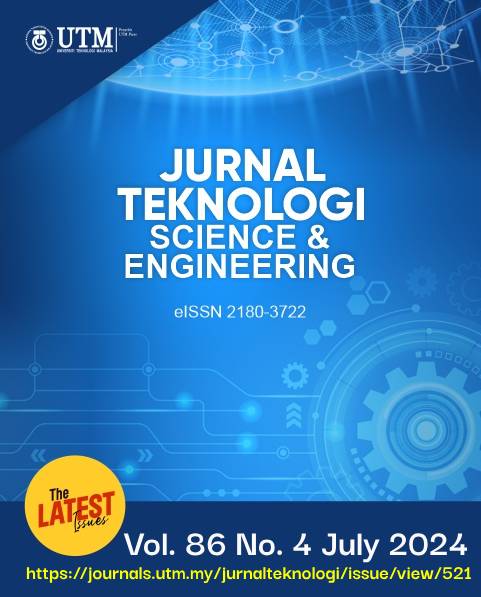OPTIMIZATION AND VALIDATION OF FOXP3, BRAFV600E AND MMR IMMUNOHISTOCHEMISTRY STAINING PROTOCOLS
DOI:
https://doi.org/10.11113/jurnalteknologi.v86.19204Keywords:
Immunohistochemistry, optimisation, FOXP3, BRAFV600E, MMRAbstract
To ensure consistent and repeatable results, the optimal immunohistochemistry (IHC) staining conditions must be determined when utilising a new antibody. Here, we described how manipulating several technical variables of IHC such as antigen retrieval conditions such as pH and temperature, primary antibody concentration and incubation period could enhance the IHC signals of the targeted antibodies. Mismatch Repair (MMR) proteins such as MutL homolog 1 (MLH1), Mut S homolog 2 (MSH2), Mut S homolog 6 (MSH6), and postmeiotic segregation 2 (PMS2), including B-rapidly accelerated fibrosarcoma with V600E mutation (BRAFV600E) protein and forkhead box P3 (FOXP3) protein, are important for colorectal cancer diagnosis. The IHC staining was performed using different archival tissue controls and commercial antibodies. MLH1 and PMS2 showed higher staining intensity after an overnight incubation at a higher concentration of primary antibody (1:50) compared to BRAFV600E (1:100). The enhanced MSH2 signal was likewise generated at a one- hour incubation period with an equivalent antibody concentration. However, even with a shorter incubation duration of one hour, MSH6 and FOXP3 generated good IHC signals when incubated with primary antibody at a lower antibody concentration of 1:100 and 1:300, respectively. The addition of a primary antibody linker improved the IHC signals for all targeted proteins. In conclusion, when using archival tissues, modifying the aforementioned IHC staining variables produces optimal staining for the MMR, BRAFV600E, and FOXP3 proteins.
Downloads
Published
Issue
Section
License
Copyright of articles that appear in Jurnal Teknologi belongs exclusively to Penerbit Universiti Teknologi Malaysia (Penerbit UTM Press). This copyright covers the rights to reproduce the article, including reprints, electronic reproductions, or any other reproductions of similar nature.
















